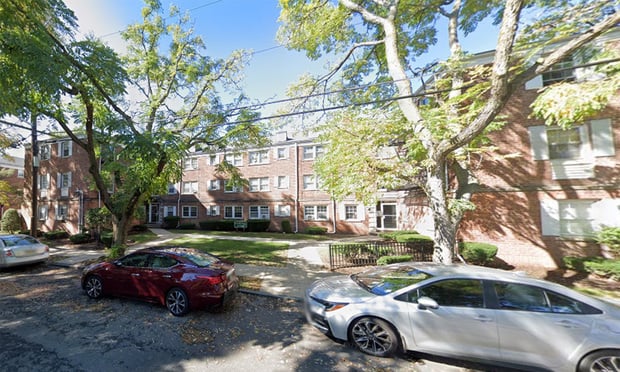Mary O'Rourke, senior director, Fitch Ratings, tells GlobeSt.com that the office sector's volatility was not unexpected and should continue for at least the next two or three quarters. The recession hit the office market hard--he above-average overall PMM score is 2.85 in the primary markets, however when compared to the previous score, the overall primary office market score worsened by 17 basis points.
Bright spots included Riverside, CA, and Norfolk, VA which joined Sacramento, Washington, DC, and the Nassau-Suffolk, NY market in the top category.
There was bad news for the six primary Northern New Jersey markets-- due to declining rents, high vacancy and new supply all moved from the highest category to VG 3. Austin remains at the bottom of the pack as the only primary office market still in VG 5. Denver rose to VG 4. West Palm Beach, as well as Texas primary markets Dallas, Ft. Worth, Houston, and San Antonio, remain at VG 4, while San Jose, Phoenix, Atlanta, Boston, Minneapolis and Charlotte declined to VG 4 from VG 3.
O'Rourke points out that across the board, Texas is lagging well behind. "Texas, the third largest contributor of CMBS collateral behind California and New York, falls well behind in both the average primary and secondary PMM scores when compared to other states that make significant contributions to CMBS, and the increased volatility of Texas markets is demonstrated across all property types." She notes that Austin was hard hit by the high-tech industry fallout and Dallas faces overdevelopment issues. The outlook for the area is improving, she notes. "People are moving to Texas."
The apartment market's sole decline in ratings was in Riverside, CA with seven markets moving up in rankings. The average PMM score in primary markets was 2.35 with no primary markets scoring below VG 3. Sixteen of the 54 multifamily secondary markets that showed increased volatility were in Texas, while ten of the 14 secondary markets where volatility lessened were on the East Coast.
Retail markets exhibit the least volatility with 28 of 62 markets achieving VG 1, and the multifamily sector is faring well in all geographic areas. Minor improvement was shown on the hotel front, but O'Rourke notes the industry is "vulnerable to events. They've improved, but can turn catastrophic overnight." In fact, the hotel segment makes ups 42.3% of the bottom two Volatility Groups. The warehouse sector proved its durability showing little change in rankings.Good news is on the horizon as Fitch sees stability in the future. "The overall picture emerging for other property types is that of reduced volatility and stabilization," says O'Rourke. This PPM included third quarter 2003 statistics; the previous PMM update was based on year-end 2002 data.
Want to continue reading?
Become a Free ALM Digital Reader.
Once you are an ALM Digital Member, you’ll receive:
- Breaking commercial real estate news and analysis, on-site and via our newsletters and custom alerts
- Educational webcasts, white papers, and ebooks from industry thought leaders
- Critical coverage of the property casualty insurance and financial advisory markets on our other ALM sites, PropertyCasualty360 and ThinkAdvisor
Already have an account? Sign In Now
*May exclude premium content© 2024 ALM Global, LLC, All Rights Reserved. Request academic re-use from www.copyright.com. All other uses, submit a request to [email protected]. For more information visit Asset & Logo Licensing.








